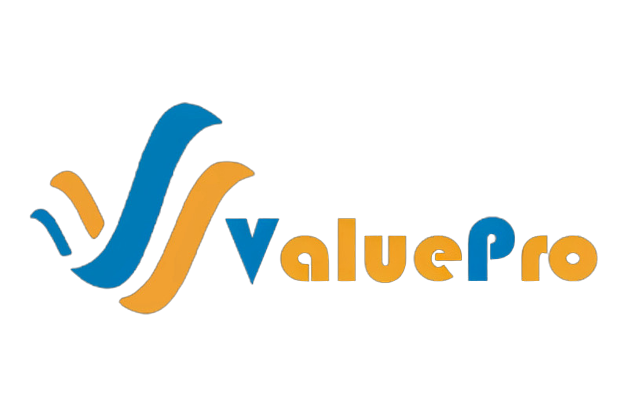DOT plays a crucial role in ensuring the safety and efficiency of transportation systems. It oversees the maintenance and improvement of roads, bridges, railways, and other transportation infrastructure.
DOT is responsible for implementing and enforcing traffic laws and regulations. It works to reduce traffic congestion, improve road safety, and enhance the overall transportation experience for the public.
DOT plays a significant role in planning and executing transportation projects. It allocates funding, conducts feasibility studies, and coordinates with other agencies and stakeholders to develop and implement transportation plans.

Urban Mapping provides detailed spatial data about urban areas, including information about land use, transportation networks, zoning regulations, and public facilities.
Urban Mapping helps in urban planning and development. It provides valuable insights into population density, transportation patterns, and infrastructure needs, which can guide the decision-making process for city officials and developers.
Urban Mapping also plays a role in disaster management and emergency response. It helps in identifying vulnerable areas, evacuation routes, and resource allocation during crises.
DOT and Urban Mapping
In the fast-paced world of technological advancements, Geographic Information System (GIS) technology has become an increasingly indispensable tool for various industries. One of the key applications of GIS technology is in urban mapping, aiding in the development and management of cities. At Value Pro IT Company, a renowned services and solutions provider, the use of GIS technology in urban mapping, particularly in relation to Department of Transportation (DOT), has proven to be invaluable.
The DOT is responsible for the planning, construction, and maintenance of transportation infrastructure in a city. Efficient transportation systems are vital for the smooth functioning of urban areas, and GIS technology plays a crucial role in achieving this. By utilizing GIS, the DOT can accurately map and analyze the transportation network, including roads, highways, bridges, and public transportation facilities. This allows for effective planning and decision-making regarding transportation projects, traffic management, and urban development.
Value Pro IT Company has leveraged GIS technology to develop innovative solutions for DOT. The company has developed advanced mapping tools and software that enable DOT officials to visualize and analyze transportation data in real-time. This enables them to identify bottlenecks, congestions, and areas of improvement in the transport network. By having access to this information, DOT can make informed decisions to improve road safety, reduce traffic congestion, and enhance transportation efficiency.
Urban mapping in GIS technology also extends to other aspects of city planning and management. Value Pro IT Company has developed solutions that integrate various data sources, including demographics, crime rates, and environmental factors, to provide a comprehensive understanding of urban areas. This allows city officials and planners to create targeted policies and initiatives for urban development, public safety, and resource allocation.

